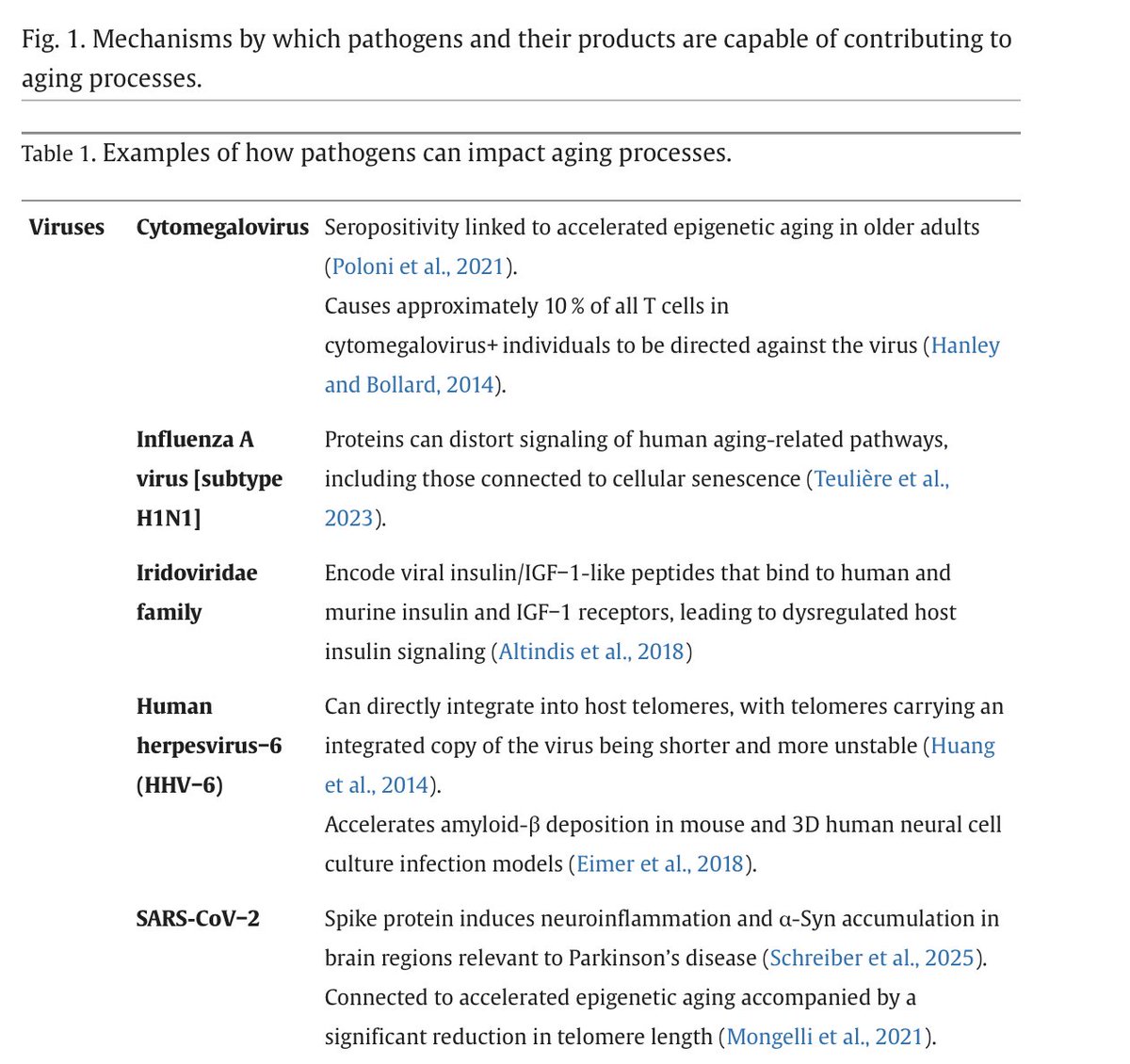Team studies brain autopsies of elderly subjects w/ molecular tools, immunohistochemistry + microscopy👉Detect Parovirus B19 in #brain tissue from encephalopathy + control groups “suggesting #virus persistence within the CNS throughout
the host’s lifetime”:mdpi.com/1999-4915/10/1…



the host’s lifetime”:mdpi.com/1999-4915/10/1…




The study also found that, in the #brain, Parvovirus 19 persisted inside microglia + astrocytes 👉 But, the #virus was most identified as infecting oligodendrocytes in the white matter of the brain’s frontal lobe: mdpi.com/1999-4915/10/1… 





I work w/ #ME/CFS physician Roger Mazlin 👉 Mazlin has been treating patients w/ HIV + ME/CFS since the 1980s 👉 He’s currently “finding higher levels of #Parvovirus 19 in his ME/CFS subjects than ever before in his career”
So it’s very interesting that this new study on persistent Parvovirus 19 in #brain tissue states, 👉 “increasingly more studies report Parvovirus B19-associated
clinical syndromes with #CNS manifestations, such as myalgic encephalomyelitis”: mdpi.com/1999-4915/10/1…
clinical syndromes with #CNS manifestations, such as myalgic encephalomyelitis”: mdpi.com/1999-4915/10/1…
• • •
Missing some Tweet in this thread? You can try to
force a refresh








